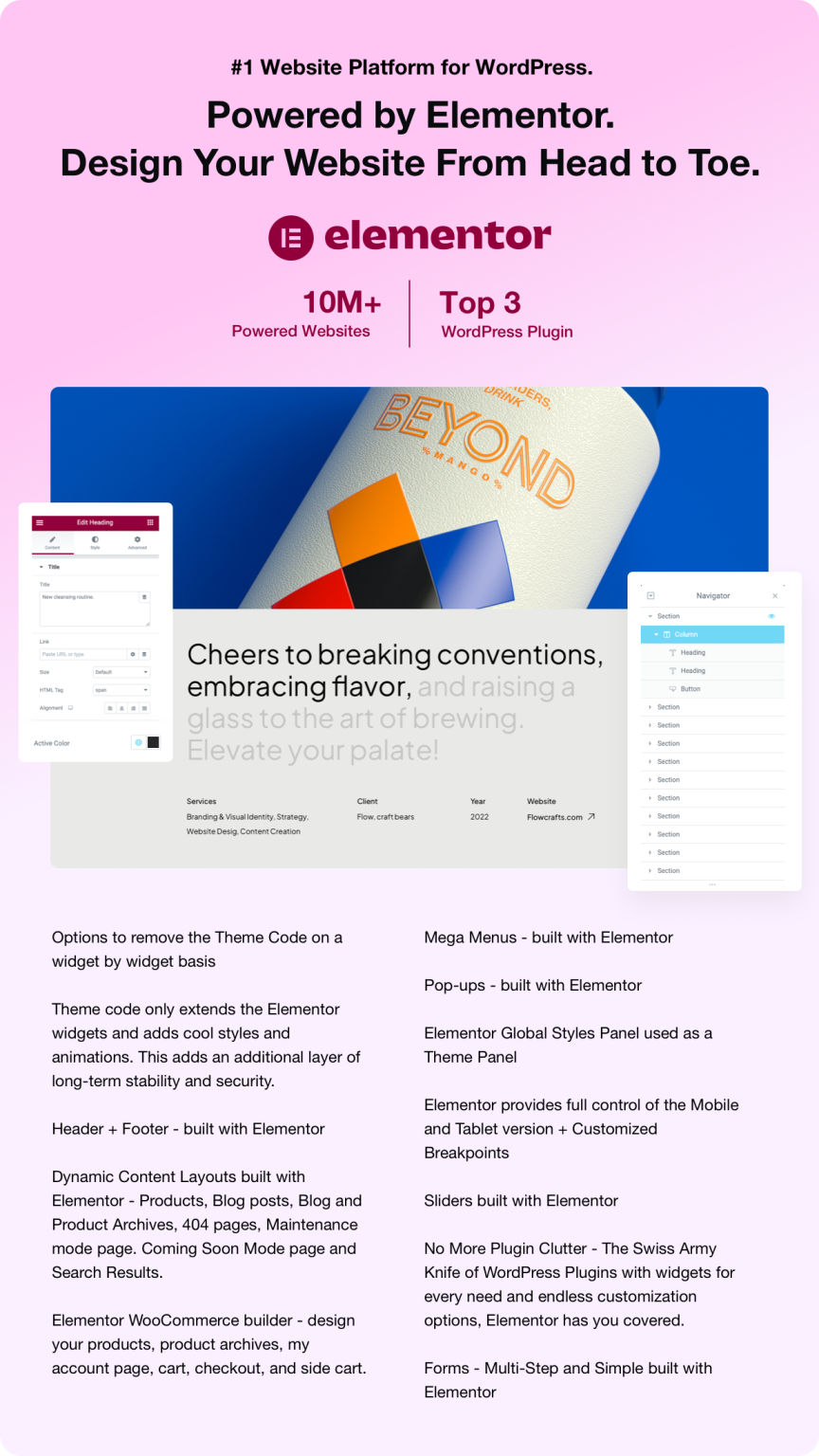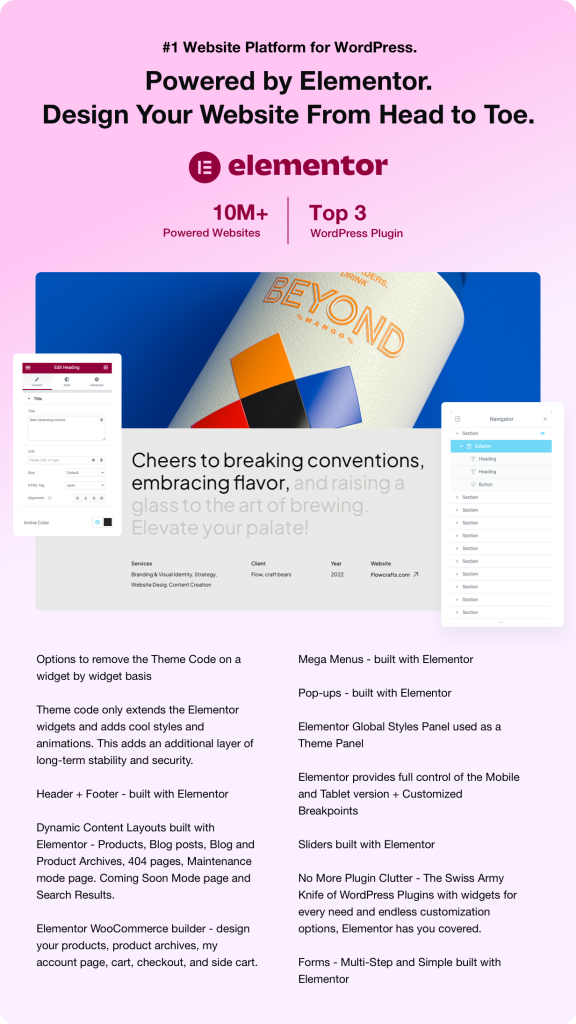In an era where digital transformation is paramount, organizations are increasingly turning to innovative technologies to enhance productivity and efficiency. One of the most promising advancements in this domain is the integration of Predictive Task Scheduling and Personal AI Assistants within Operating Systems (AIOS). This article explores the latest trends, industry applications, and technical insights surrounding these technologies, shedding light on their potential to revolutionize the workplace.
.
### Understanding Predictive Task Scheduling
Predictive Task Scheduling is an advanced algorithmic approach that anticipates user needs and optimizes task management accordingly. By analyzing historical data, user behavior, and contextual information, predictive scheduling systems can prioritize tasks, allocate resources, and even suggest the best times to complete specific activities. This proactive approach not only improves individual productivity but also enhances overall organizational efficiency.
.
### The Role of Personal AI Assistants in Operating Systems
Personal AI Assistants, integrated into Operating Systems, are designed to streamline user interactions with their devices. These assistants leverage natural language processing, machine learning, and data analytics to understand user preferences and provide personalized recommendations. By embedding these AI capabilities into the OS, users can experience a seamless workflow, where their tasks are intelligently managed and prioritized.
.
### Trends in AIOS for Digital Transformation
The convergence of Predictive Task Scheduling and Personal AI Assistants is driving significant trends in digital transformation. Organizations are increasingly adopting AIOS to enhance their operational capabilities. Here are some key trends to watch:
1. **Increased Automation**: AIOS are automating mundane tasks, allowing employees to focus on higher-value activities. Predictive scheduling can automatically allocate time for routine tasks, reducing the cognitive load on users.
2. **Enhanced Collaboration**: With AIOS, teams can collaborate more effectively. Predictive scheduling can identify optimal meeting times based on participants’ availability and workload, ensuring that everyone is on the same page.
3. **Data-Driven Decision Making**: AIOS provide insights based on data analytics, enabling organizations to make informed decisions. Predictive task scheduling can highlight bottlenecks in workflows and suggest adjustments to improve efficiency.
4. **Personalization at Scale**: AIOS can deliver personalized experiences to users, tailoring task management to individual preferences and work styles. This level of customization enhances user satisfaction and productivity.
.
### Industry Applications of Predictive Task Scheduling and AIOS
The integration of Predictive Task Scheduling and Personal AI Assistants is making waves across various industries. Here are some notable applications:
1. **Healthcare**: In the healthcare sector, AIOS can help manage patient appointments, optimize staff schedules, and predict patient needs based on historical data. Predictive scheduling can ensure that healthcare professionals are available when needed, improving patient care and operational efficiency.
2. **Finance**: Financial institutions are leveraging AIOS to automate routine tasks such as data entry and report generation. Predictive task scheduling can help financial analysts prioritize their workload, ensuring that critical tasks are completed on time.
3. **Manufacturing**: In manufacturing, AIOS can optimize production schedules by predicting equipment maintenance needs and workforce availability. Predictive scheduling can minimize downtime and maximize productivity on the factory floor.
4. **Retail**: Retailers are using AIOS to manage inventory, forecast demand, and schedule staff effectively. Predictive task scheduling can help ensure that the right products are available at the right time, enhancing customer satisfaction.
.
### Technical Insights into Predictive Task Scheduling
The technical underpinnings of Predictive Task Scheduling involve various algorithms and methodologies. Here are some key insights:
1. **Machine Learning Algorithms**: Predictive scheduling relies heavily on machine learning algorithms to analyze historical data and identify patterns. Techniques such as regression analysis, clustering, and neural networks are commonly used to predict future task requirements.
2. **Real-Time Data Processing**: For predictive scheduling to be effective, it must process real-time data. This requires robust data integration capabilities, allowing the system to pull information from various sources, including calendars, project management tools, and communication platforms.
3. **User Behavior Analysis**: Understanding user behavior is crucial for effective predictive scheduling. AIOS can track user interactions, preferences, and work habits to tailor task management strategies accordingly.
4. **Feedback Loops**: Implementing feedback loops is essential for continuous improvement in predictive scheduling. By collecting user feedback and performance metrics, AIOS can refine their algorithms and enhance their predictive capabilities over time.
.
### Industry Use Case: A Day in the Life with AIOS
To illustrate the impact of Predictive Task Scheduling and Personal AI Assistants, let’s consider a hypothetical day in the life of a project manager using an AIOS.
**Morning Routine**: As the project manager starts their day, the AIOS analyzes their calendar and emails. It identifies urgent tasks and suggests a prioritized to-do list. The AI Assistant even recommends the best time for a team meeting based on everyone’s availability.
**Mid-Morning Adjustments**: During a coffee break, the project manager receives a notification from the AIOS about a potential delay in a project milestone. The system has predicted this based on historical data and team performance. The project manager can then proactively address the issue before it escalates.
**Afternoon Collaboration**: In the afternoon, the project manager collaborates with the team. The AIOS suggests relevant documents and previous project reports, streamlining the discussion. It also automatically schedules follow-up tasks based on the meeting outcomes.
**End of Day Review**: At the end of the day, the AIOS provides a summary of completed tasks and highlights areas for improvement. It suggests adjustments to the next day’s schedule based on the project manager’s workload and priorities.
.
### Conclusion: Embracing the Future with AIOS
As organizations continue to navigate the complexities of digital transformation, the integration of Predictive Task Scheduling and Personal AI Assistants within Operating Systems presents a compelling solution. By harnessing the power of AI, businesses can optimize their workflows, enhance productivity, and ultimately drive success in an increasingly competitive landscape.
The journey towards fully realizing the potential of AIOS is just beginning. As technology evolves, so too will the capabilities of these systems, paving the way for a future where work is not only more efficient but also more enjoyable. Embracing these innovations will be crucial for organizations looking to thrive in the digital age.
.
### Sources
1. “The Impact of AI on Task Management: A Study of Predictive Scheduling,” Journal of Digital Transformation, 2023.
2. “AI in Healthcare: Transforming Patient Care Through Predictive Analytics,” Healthcare Technology Review, 2023.
3. “The Future of Work: AI Assistants in Business Operations,” Business Innovation Journal, 2023.
4. “Machine Learning Algorithms for Predictive Task Scheduling,” International Journal of Computer Science, 2023.





















